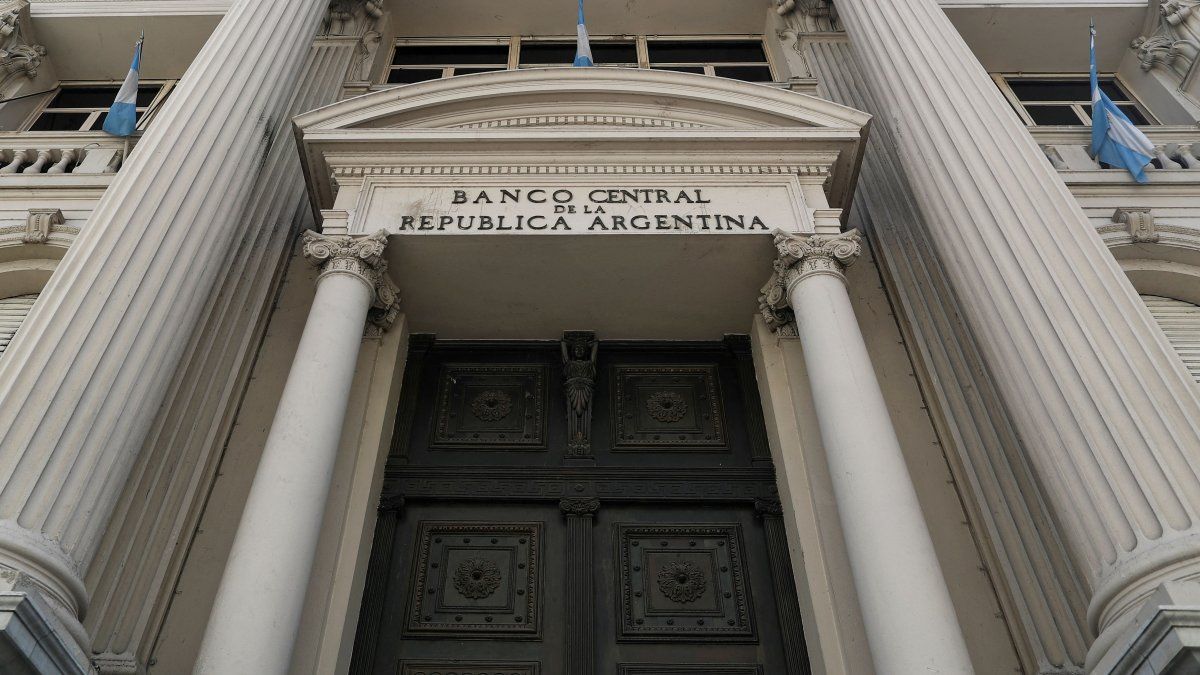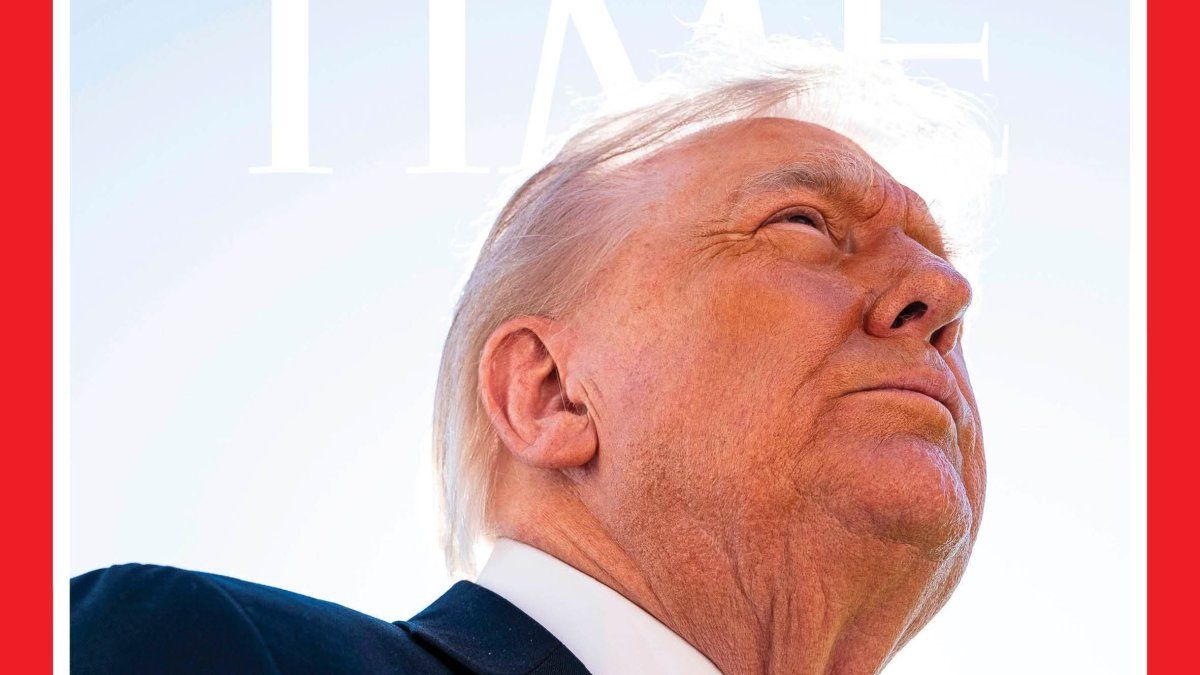He central bank took a new measure to accelerate the passage of pesos to the Treasury that was well received by the banks. Through Communication “A” 8058/2024 made official this Monday in the Official Gazette, the agency that depends on Santiago Bausilli authorized that LECAPs be purchased on the secondary market by banks and will not count towards the public sector financing cap that establishes limits on exposure to sovereign debt.
Until now, this exemption only counted for the primary subscription in the biweekly tender program for a certain amount for each institution. relation to passive repo balances that they had on May 15th.
With this decision, the Government’s economic team seeks to give more depth to the Lecap while it finishes defining issues related to the implementation of the Letter of Monetary Regulation (LEREMO), a Treasury debt instrument that the Government presented last week to finish migrating the remaining passive passes.
According to financial analyst and agribusiness specialist Salvador Vitelli, “this was done for the banks because if they entered the primary tender and then had to dismantle their holdings, they could not return to LECAP because they were included in the liability plan. They were only exempt if they were primary buyers. So the LECAP did not work as a rate-setting mechanism.” With this circular they corrected the error and prepared the ground for the new Letters.”
What are the Monetary Regulation Letters (LEREMO)?
The LEREMO will be the new option that the Economy will offer for the final stage of the migration from passive passes to Treasury debt to end the remunerated liabilities of that entity.
The details emerged after the formal meeting that the economic team held with 80 representatives of the sector and in response to a request in this regard, since in said meeting there were no major details about the so-called “zero emission” plan and, in particular, about how it would continue to function – if it would – “liquidity window” of the BCRA, which, by ensuring them a fast track to pesos, allows them to advance in managing the mismatch of terms, if they decide to become active credit providers again.
Por that “liquidity window”, which will remain open, they will be able to get rid of the Leremo (instrument of exclusive subscription by banks) knowing that The BCRA will buy them “at technical value”, that is to say, not only recognizing the capital but also the accrued interest burden of this Letter that will be “capitalizable” (that is, it will add the interest it pays to the nominal amount of capital issued until maturity, like existing Lecaps) in order not to affect the Treasury’s fiscal results this year, given the public commitment made by the Milei administration to close it with positive numbers.
The interest rate on this new instrument will be floating and determined by the monetary policy rate set by the BCRA. For the call option exercisable at explicit technical value, The Treasury undertakes to deposit the interest generated daily in an account opened at the BCRA, to prevent monetary expansion.
From that point of view, the official message transmitted to the entities is that They will be able to manage their liquidity needs in the same way as they do today with repo payments.
Source: Ambito




